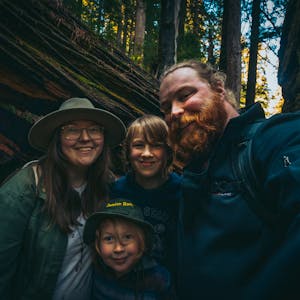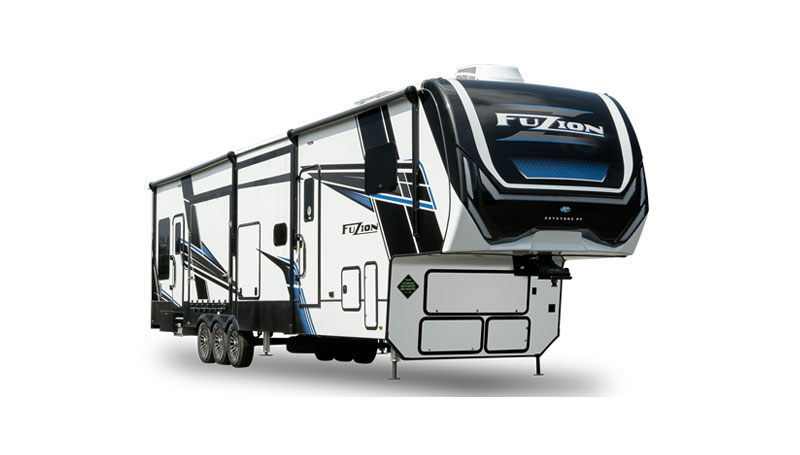Andy and Kris live full-time in their RV, exploring the United States with their two boys and a brand new baby. Andy works a remote job in software while Kris roadschools the kids. The Murphy family loves taking pictures and writing about their adventures as they go.
On The Road
Why We RV and Roadschool
Kate Roberson shares how she approaches schooling as a full-time RVer, and how their destinations shape what they learn about next.












